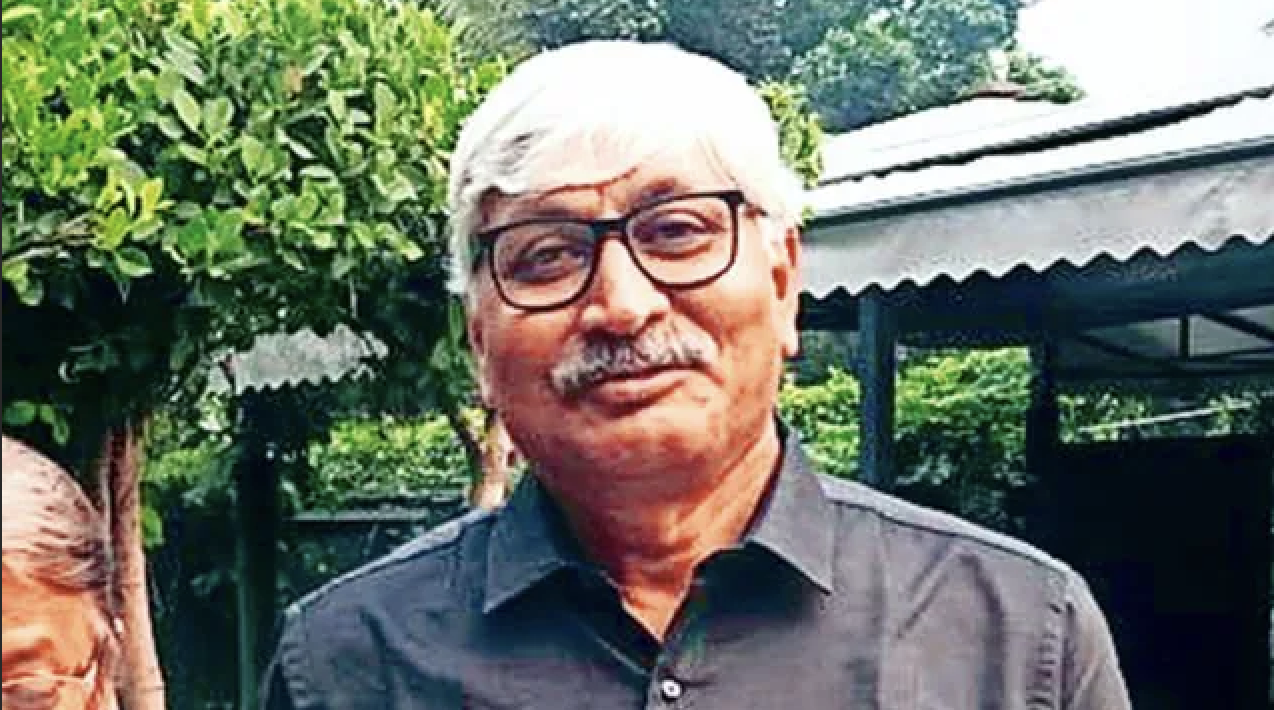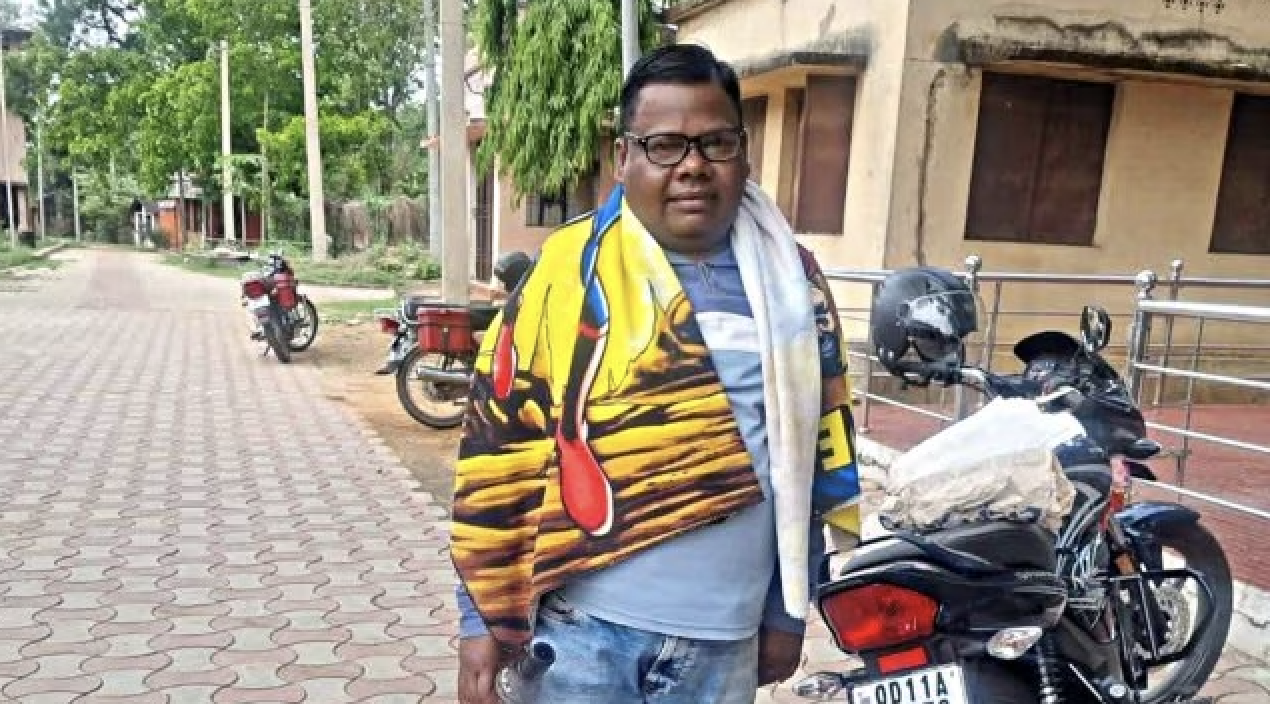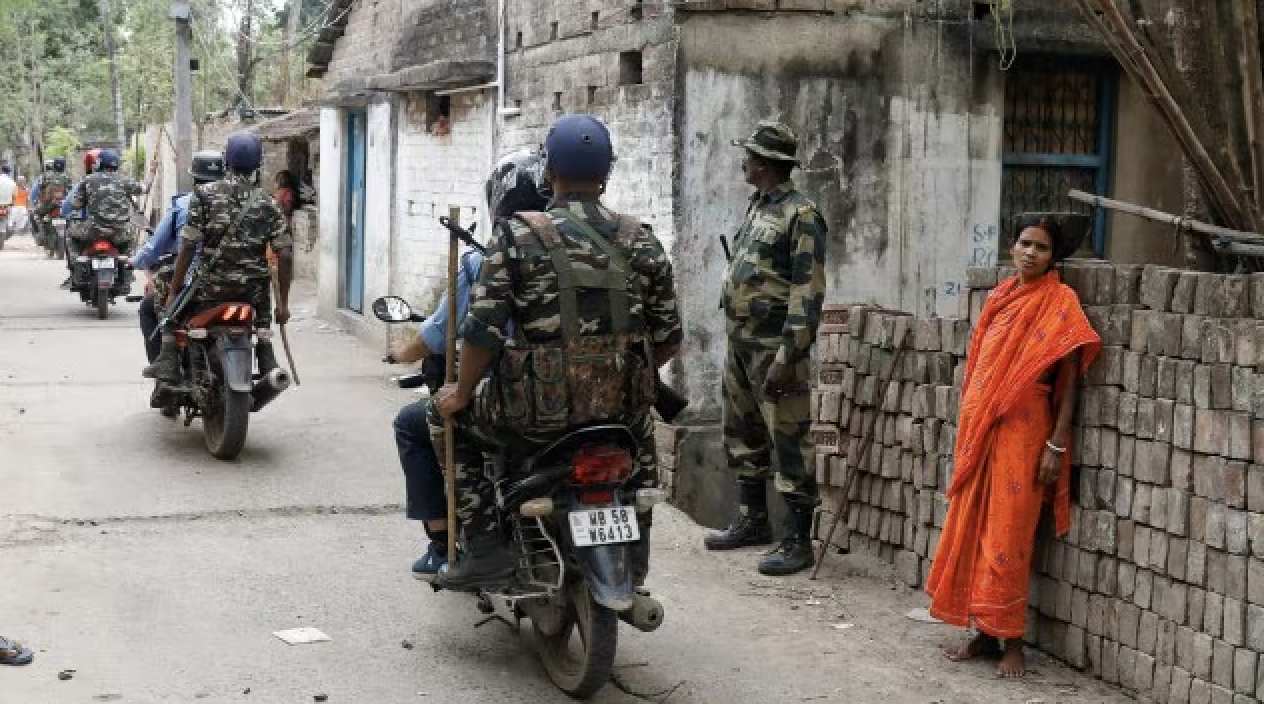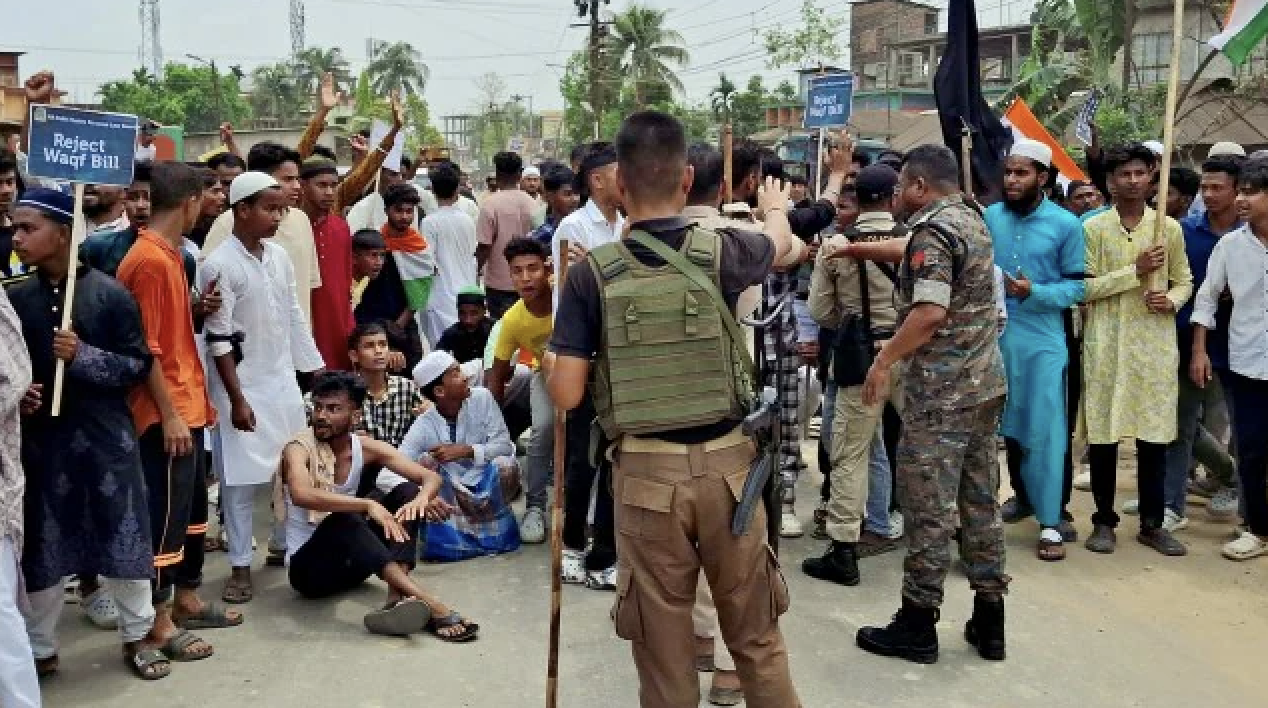
By Muzaffar Assadi and Emad Assadi
It is a tragedy that minorities have become the focus of political narratives, targets of political vendettas, and victims of vicious campaigning during the Lok Sabha election. It is, however, not a simple issue of a desperate attempt by the ruling party to clinch power. Instead, it is a component of more generalised Islamophobic ideas, thoughts, philosophies, and patterns that have been pervasive on a national and international scale.
The narratives have also become a symbol of binary opposition between the majority and minority, who are not only antagonistic but also perpetual enemies. By stereotyping minorities, it creates a sense of victimhood among the majority, whilst translating the community identity into a communal identity. It attempts to resurrect the memories of historical humiliation, such as the crimes committed, the devastation of houses of worship, the conversion of nearby communities, the type of slavery, and the ensuing alienation experienced by the majority community. All these were used as political torpedoes to merge the majoritarian identity with the state.
The recent consecration of Ram Lalla in Ayodhya and Prime Minister Narendra Modi’s claim of his divine ordination points to the beginning of the merger of the state with the majoritarian culture.
There are concerns, though, about whether Islamophobia – a phobia of unceasing stereotyping and condemnation – is a distinct phenomenon or a continuation of the Western, colonial, and post-colonial worlds. Further, how is Indian Islamophobia different from contemporary Western Islamophobia? Is it embedded in communalism in India, mainly developed as a fallout of the Partition of India, or is it the continuation of colonial stereotyping? How have different perspectives pushed Islamophobia in India right from the colonial period? Finally, did the Lok Sabha election campaign provide a firm ground for actualising Islamophobia in the recent past?
This story was originally published in thewire.in. Read the full story here.






